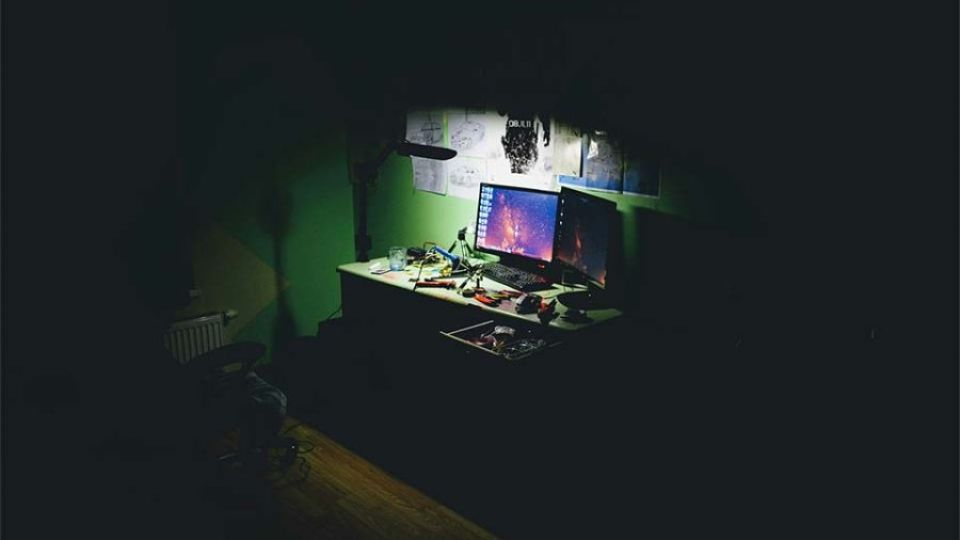October 30, 2024
THIMPHU – The recent tragic death of a young Bhutanese TikToker, allegedly by suicide, has shocked social media users across the country. This comes just weeks after a 16-year-old student took his own life. These heartbreaking incidents are glaring signs of something sinister brewing up, but apparently not visible on the surface.
Our young citizens are growing up in a complex environment, exposed to latest technologies, gadgets, global trends, and consumerist culture. The all pervasive social media only makes it worse. It is the proverbial double-edged sword.
More than 80 percent of our young population is actively engaged with social media platforms like Instagram, Facebook, and TikTok. While these platforms can foster creativity and connection, they are also exposing young people to violent, traumatic content, unrealistic standards, cyber bullying, and hate crimes, among others.
These multifaceted issues, including the constant pressure to present a perfect image, and FOMO, often leave young individuals feeling inadequate and alienated. And some of them are pushed to the extremes, especially when they are already grappling with personal issues.
Social media can be a brutal, unforgiving landscape. Armed with anonymity, social media users become a mob that lynches with hateful langauge, not realising that their actions can hurt and harm the other person. This is cyber bullying—a crime punishable by law.
Research indicates that young people who experience online harassment are more likely to struggle with mental health issues, and often lead to suicidal thoughts. The anonymity of the internet can embolden aggressors, creating a toxic environment that can have devastating consequences.
Suicide cases in the country have been rising over the years. The World Health Organization has reported an increase in self-harm cases, particularly among adolescents. This trend is alarming in a country that has always prioritised holistic well-being.
Addressing these challenges requires a collaborative approach that involves parents, community, schools, and teachers, and relevant agencies from government, and civil society.
The role of parents is critical in creating a safe environment at home. They must set the rules clear on social media use and its harmful consequences. Regulating screen time and monitoring social media use are essential. But most importantly, parents must provide emotional support, and cultivate resilience in children. When parents model healthy coping strategies and encourage discussions about mental health, children are more likely to feel safe expressing their struggles.
Schools and teachers are vital stakeholders. Educators need to develop skills to recognise signs of distress among students and cultivate a supportive environment. Training in counseling skills can empower teachers to address mental health issues proactively, fostering resilience among young students. By integrating mental health education into the curriculum, schools can normalise discussions around emotional well-being, reducing stigma, and encouraging students to seek help.
Media literacy is another critical component. Equipping young individuals with the skills to engage critically with social media can help them navigate its challenges more effectively.
Furthermore, regulatory bodies need to monitor social media platforms for instances of cyber bullying. We must have stringent laws to protect vulnerable individuals coupled with proactive advocacy and awareness campaigns. The government must invest in building a robust mental healthcare programme at all levels of the health system.
We must foster open dialogues around mental health. We need the collective efforts of parents, educators, and leaders to build a culture of support and a safe, healthy environment for our young citizens to thrive.
The tragic loss of lives that we have witnessed must serve as a stark reminder of the urgent need for action.


